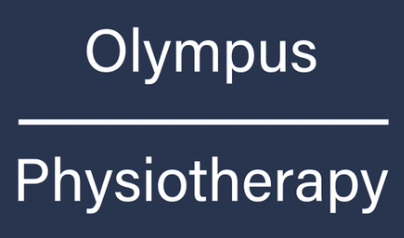MCL/ LCL Injuries
What are MCL/LCL Injuries?
MCL (Medial Collateral Ligament) and LCL (Lateral Collateral Ligament) injuries involve damage to the ligaments that provide stability to the sides of your knee joint. The MCL runs along the inside of your knee and prevents excessive inward movement, whilst the LCL runs along the outside and prevents excessive outward movement of the knee.
These injuries are graded from 1-3 based on severity: Grade 1 (mild stretching), Grade 2 (partial tear), and Grade 3 (complete rupture). MCL injuries are far more common than LCL injuries, particularly in contact sports, due to the mechanism of injury and anatomical differences.
What Causes MCL/LCL Injuries?
MCL and LCL injuries typically occur through specific mechanisms:
MCL injury mechanisms:
Direct impact to the outside of the knee forcing it inward (valgus stress)
Contact injuries during rugby tackles or football collisions
Non-contact pivoting movements with excessive knee valgus
Landing awkwardly from jumps with inward knee collapse
Skiing accidents with outward ski movement
LCL injury mechanisms:
Direct impact to the inside of the knee forcing it outward (varus stress)
Less common than MCL injuries due to protective positioning
High-energy trauma or motor vehicle accidents
Contact sports with direct lateral impact
Hyperextension injuries with rotational component
Contributing factors:
Weak hip and glute muscles affecting knee control
Poor landing mechanics with excessive knee valgus
Previous knee injuries creating instability
Muscle imbalances around the knee and hip
Inadequate neuromuscular control during dynamic activities
Fatigue affecting protective muscle responses
High-risk activities:
Contact sports (rugby, football, hockey)
Skiing and snowboarding
Sports involving cutting and pivoting movements
Activities with potential for direct knee impact
What Are the Symptoms?
MCL and LCL injury symptoms vary based on location and severity:
MCL injury symptoms:
Pain along the inside of the knee
Tenderness when pressing on the inner knee joint line
Swelling on the medial aspect of the knee
Pain that worsens with valgus stress (knee pushed inward)
Feeling of instability when changing direction
LCL injury symptoms:
Pain along the outside of the knee
Tenderness over the lateral joint line
Swelling on the outer aspect of the knee
Pain with varus stress (knee pushed outward)
Less common but often more severe than MCL injuries
Grade-specific symptoms:
Grade 1 (Mild):
Mild pain and tenderness
Minimal swelling
No instability with stress testing
Able to continue activity with discomfort
Grade 2 (Moderate):
Moderate pain and swelling
Some looseness with stress testing
Difficulty continuing activity
Noticeable functional limitations
Grade 3 (Severe):
Severe initial pain that may diminish
Significant instability with stress testing
Complete inability to continue activity
Often associated with other knee injuries
Functional limitations:
Difficulty with cutting and pivoting movements
Pain when walking, particularly on uneven surfaces
Reduced confidence in knee stability
Compensatory movement patterns affecting hip and ankle
Impact on sporting activities requiring lateral movements
Associated symptoms:
Bruising around the knee joint
Stiffness after periods of rest
Muscle weakness from pain inhibition
Apprehension during activities involving knee stress
